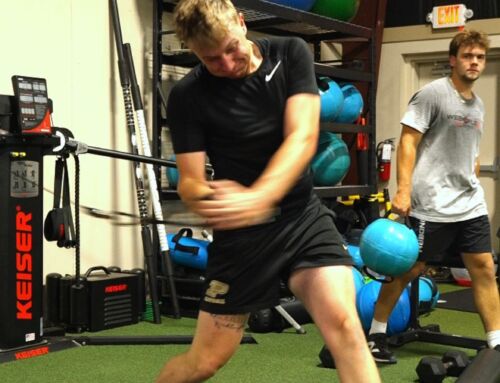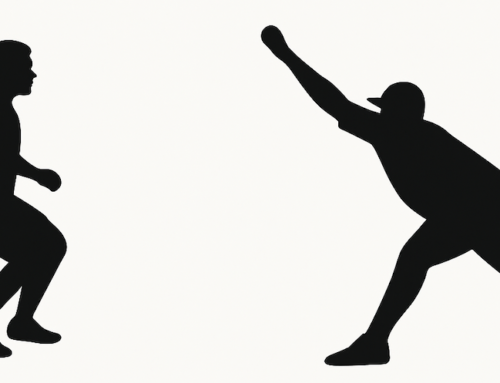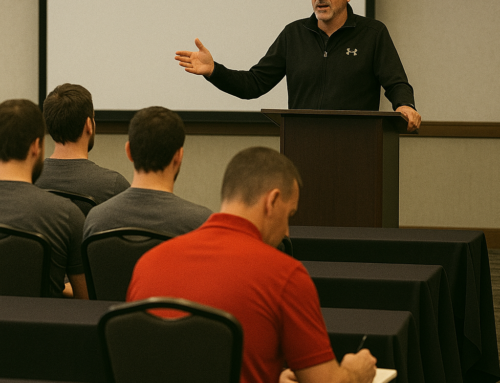
By my estimate, about 85% of the calls we get are the one thing pitchers need to advance to the next level — velocity. It has been that way since we opened our doors back in 2009. Back then, teaching someone to throw harder was considered unthinkable. “Velocity is a gift,” they said. “You can't teach someone to throw harder than their genetics will allow.”
Turns out they were right. THEY couldn't teach velocity at all.
But we could … and we did.
407 ARMory students have learned to throw fastballs over 90 mph at this writing. And those are legitimate pitches off our portable mound validated with a combination of TrackMan and Stalker 2 Radar Guns — both gold standards in the industry. We don't count running throws or “turn and burns.”
Don't get me wrong. There's nothing wrong with running throws or long toss. In the right situation, they can be valuable tools. But, for about eight years, we looked for the link between mound pitching and running throws, long toss, and weighted ball throwing.
Students would frequently wail, “I don't get it. I can long toss over 340 feet, and my running throw velocity sits around 95 mph, but I can only throw 83 mph on the mound. Why aren't my long toss and running throws transferring?”
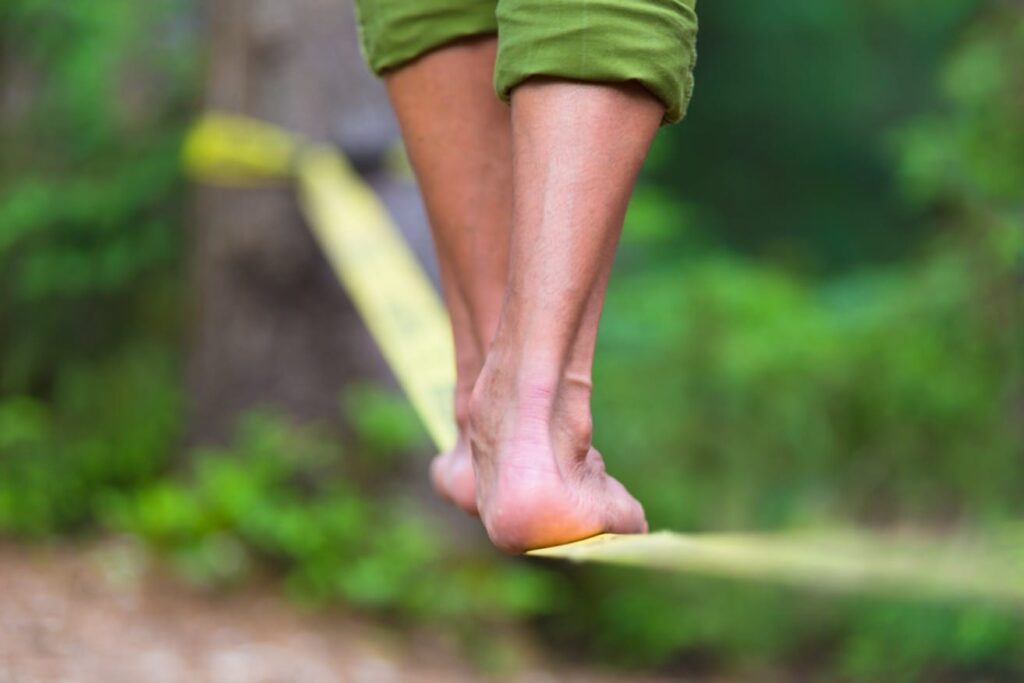 It
It  turns out that mound pitches, long toss, and running throws are entirely different skills. A common misconception in coaching is that specific movement skills are generally transferrable. For example, you might think balance is a trait you could transfer between activities. If you could hold your balance well on a beam, you could also balance well on a slackline. Unfortunately, they are two fundamentally different tasks, and competence in one doesn't guarantee aptitude in the other. Skill acquisition is always context-specific.
turns out that mound pitches, long toss, and running throws are entirely different skills. A common misconception in coaching is that specific movement skills are generally transferrable. For example, you might think balance is a trait you could transfer between activities. If you could hold your balance well on a beam, you could also balance well on a slackline. Unfortunately, they are two fundamentally different tasks, and competence in one doesn't guarantee aptitude in the other. Skill acquisition is always context-specific.
Times and philosophies have changed since we began training pitchers. A quick search on the internet will yield thousands of so-called “velocity enhancement programs.” It seems there are velocity experts on every corner. A closer look reveals that most programs consist of nothing more than aggressive long toss, weighted balls, and running throws. I don't intend to disparage anyone; we've been down that road.
But, with the information available today, it astounds me how many training programs still cling to what I call “intent-based training.” The process evolved from a statement dubbed “The Bernstein Principle.”
“The body will organize itself in accordance to the overall goal of the activity.” That's right. If you want to throw hard, try to throw hard. Your body will find a way.
The Bernstein Principle was not entirely wrong. The body will indeed organize itself to accomplish the goal of a task. Unfortunately, it won't always find the safest or the most efficient way to do it.
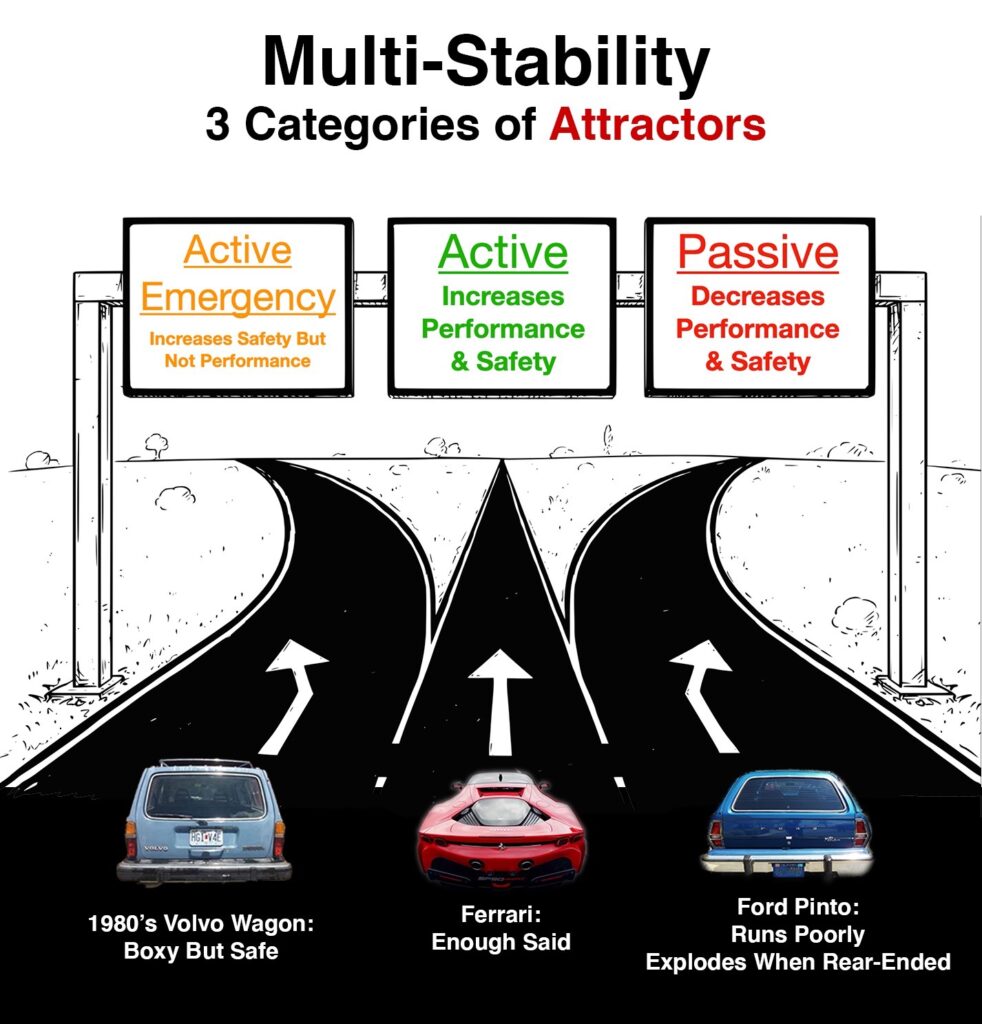 In Ecological Dynamics, the motor learning theory we apply in our revolutionary SAVAGE Training, the concept is known as “meta-stability.” Dynamic systems seek conditions of stability known as attractors. According to Frans Bosch, in his book Anatomy of Agility, in athletics, that stability can assume one of three “attractor” states:
In Ecological Dynamics, the motor learning theory we apply in our revolutionary SAVAGE Training, the concept is known as “meta-stability.” Dynamic systems seek conditions of stability known as attractors. According to Frans Bosch, in his book Anatomy of Agility, in athletics, that stability can assume one of three “attractor” states:
1) Active Attractors — improve both safety and performance.
2) Active Emergency Attractors — improve safety but don't improve performance.
3) Passive Attractors — improve neither safety nor performance. Another way to view passive attractors is that the body depends on passive or elastic structures like ligaments and tendons rather than the mechanical advantages of muscles.
In SAVAGE Training, we want to build Ferraris.
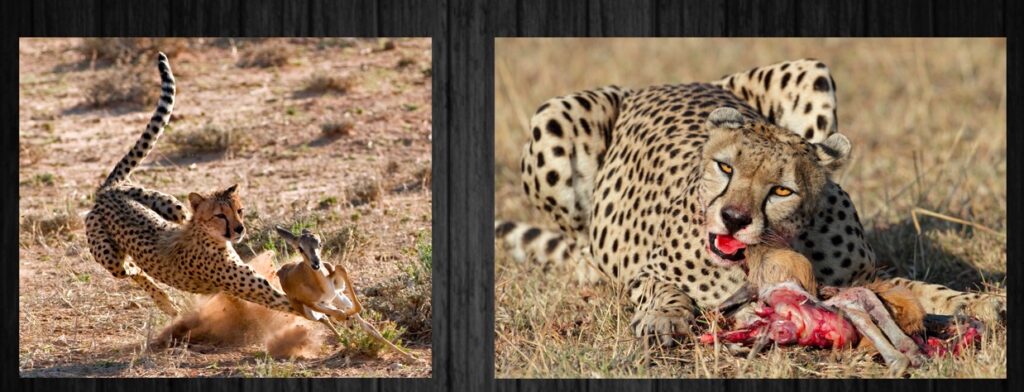 And that brings us back to the problem with “intent-based training.” Complex biological systems are inherently lazy. Since the beginning of time, every species on earth has been created to accomplish two goals: survive and reproduce (eat, live, and make more of me). And the one that does that while conserving the most energy wins the race. That's why the cheetah goes after the slowest gazelle. The cheetah knows that catching the weakest prey will feed the family and save enough energy to go on a date with momma cheetah.
And that brings us back to the problem with “intent-based training.” Complex biological systems are inherently lazy. Since the beginning of time, every species on earth has been created to accomplish two goals: survive and reproduce (eat, live, and make more of me). And the one that does that while conserving the most energy wins the race. That's why the cheetah goes after the slowest gazelle. The cheetah knows that catching the weakest prey will feed the family and save enough energy to go on a date with momma cheetah.
Humans, like cheetahs, are designed to thrive while consuming as little energy as possible. The body will usually seek the most effective and energy-conservative option to accomplish its essential goals (like throwing a baseball at high velocity) … Except in a one-off emergency.
In an emergency, the cheetah will chase down a fast gazelle.
In a one-off crisis, the body will abandon its safety concern and do anything to get the job done.
We're all built with sensors designed to protect us from exposing our muscles and tendons to excessive force or movement velocity. If our muscles work too hard or too fast, those sensors shut down our muscles to keep them from shredding themselves. Have you ever tried to lift something too heavy to handle? You can't even lower it slowly. Your muscles surrender.
When we train with intent as the only guiding force, we deceive the body temporarily. That's what happens when a training program consists mainly of max-effort running throws, extreme long toss, or high-intensity weighted ball training. We trick the body into believing we only have to do it once or twice. Over time the body says, “Wait. You told me I only had to do this a few times, and now you're asking me to do it 100 times every 5-7 days.” Eventually, the body re-activates its powerful self-protective mechanisms. The velocity gains drop off, or the athlete gets hurt.
That is the source of dead-arm. There is no other physiological explanation for an arm to become chronically “tired.” Repeated high-intensity, energy inefficient, or unsafe movement causes the body's protective reflexes to pull the body back.
It's not uncommon to see athletes engaged in intent-based training see their gains fade, never to be discovered again.
 At The Florida Baseball ARMory, we build Ferraris. SAVAGE Training gains are always on the foundation of safe, efficient, and highly performing movement — Ferrari-like Active Attractors.
At The Florida Baseball ARMory, we build Ferraris. SAVAGE Training gains are always on the foundation of safe, efficient, and highly performing movement — Ferrari-like Active Attractors.
If you're looking to add some velocity this summer, check out our extended stay SAVAGE Summer Training Program. We'll conduct a thorough head-to-toe physical assessment and a video analysis of your pitching and throwing movements. If you're a hitter, we'll take a deep look at your swing. But more importantly, we'll assess your competence in 9 universal attractors common to every high-intensity sport — the building blocks of athleticism.
For decades, coaches and players have been confounded and stymied in searching for an infinite volume of specific mechanical attractors. Instead, we'll evaluate and teach you the overarching and somewhat vague Active Attractors that will provide the bedrock for safe, sustainable Ferrari-like gains that will last a lifetime
It's time for you to build the tools that get you noticed by college recruiters and pro scouts.
Click on the red button below or call us at 866-787-4533. We'll help you lock in the transformation that will turbo boost your performance and change the trajectory of your baseball career forever.
It's Time To Get SAVAGE!
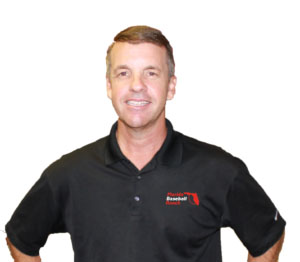
Randy Sullivan, MPT, CSCS CEO, Florida Baseball ARMory


